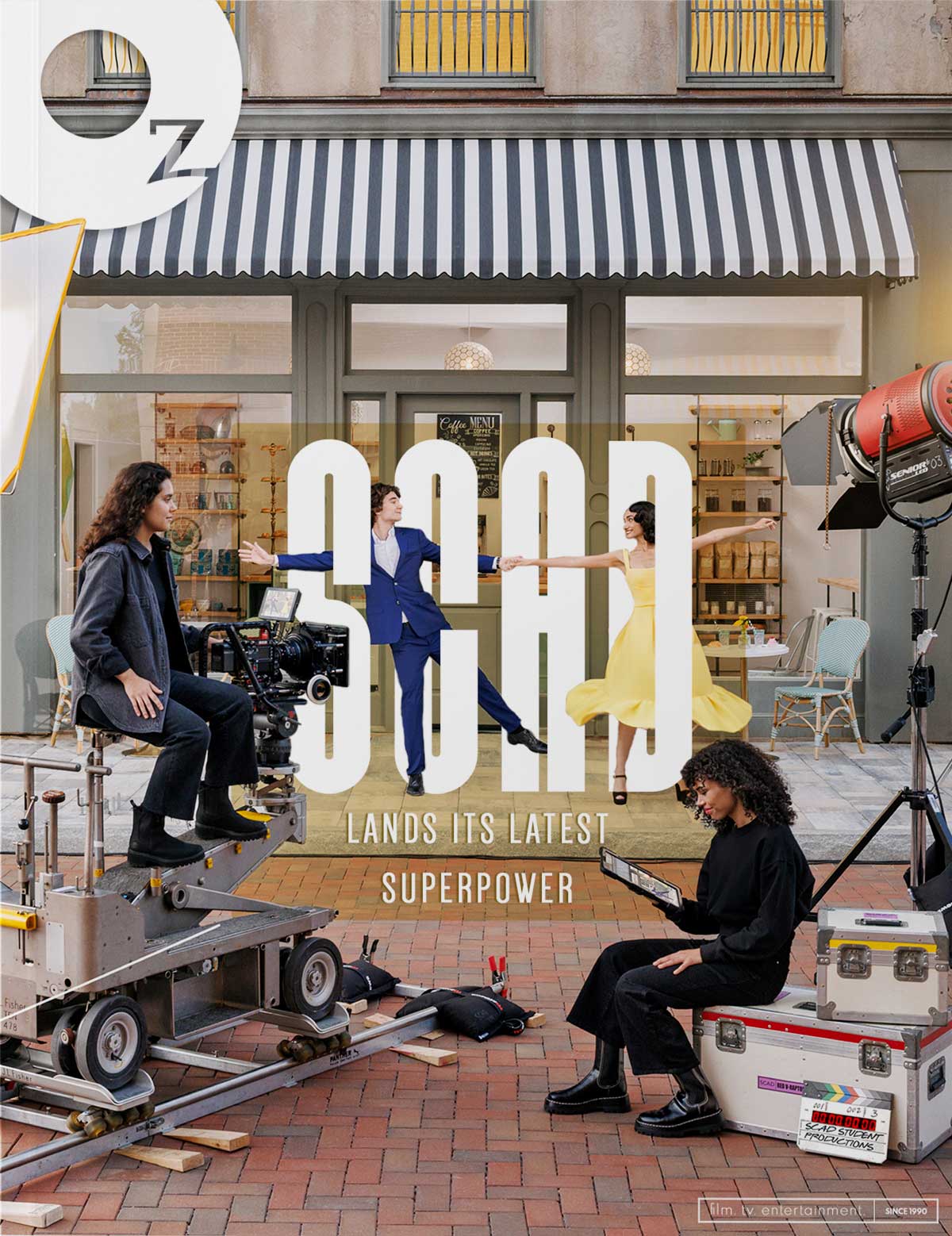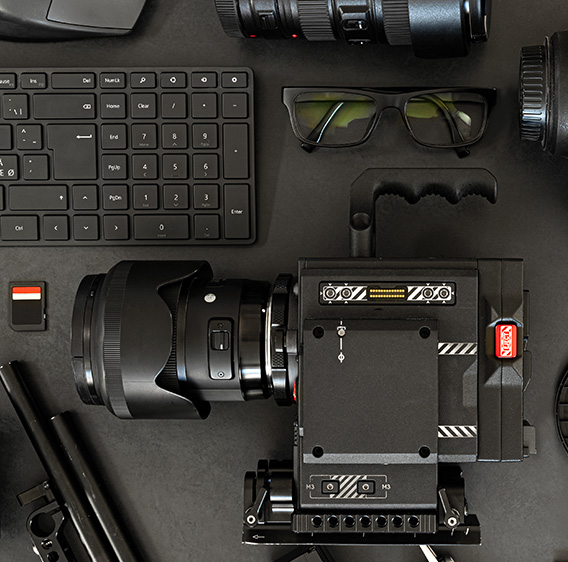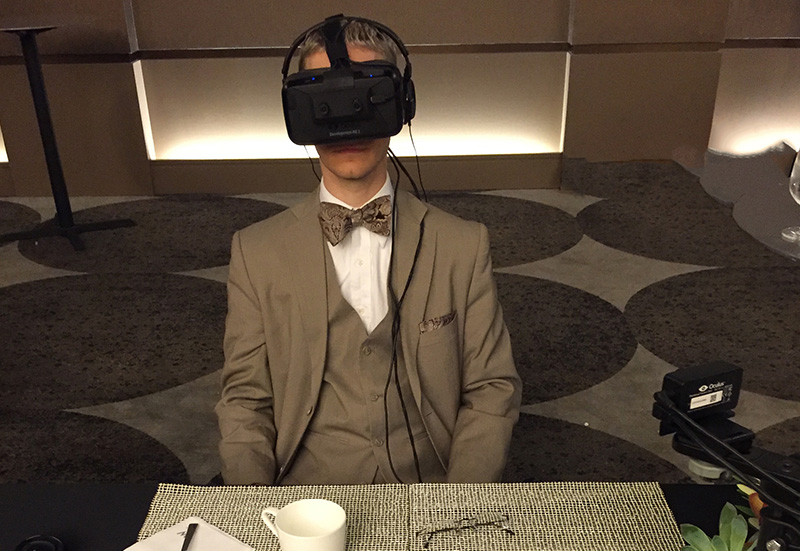
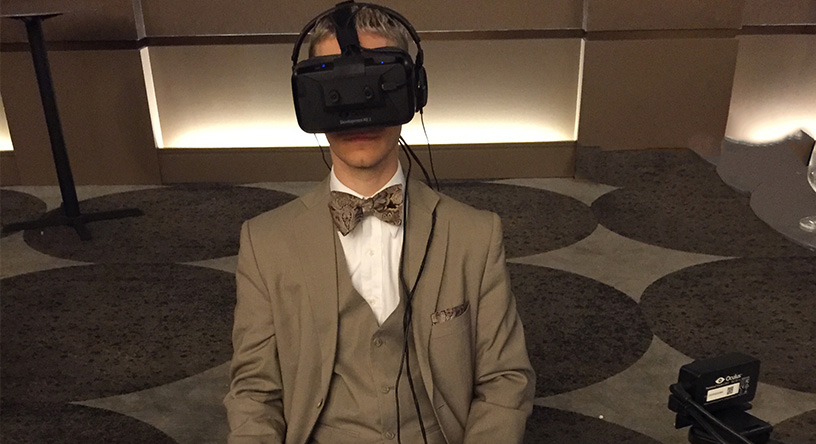
Augmented reality (AR) is “integrated virtual content in a physical world as though that content is there with you…registered in 3D,” as described by Dr. Maribeth Gandy Coleman, a principal research scientist and Director of the Interactive Media Technology Center at Georgia Institute of Technology (GT). Think Pokemon Go, the yellow first down line on the football field of a televised game, the “virtual try-on” feature for eyeglass frames at Warby Parker or the app that allows you to place furniture in your home space at Ikea. Through AR-enabled hardware like a smartphone, eyewear or headsets, we can see, hear and or feel digital content in our physical environment in real-time. Cameras and sensors use Simultaneous Localization and Mapping (SLAM) techniques to capture environmental data allowing for precise tracking, relative positionality, and accurate projections . While this content is designed to enhance our experience of reality, documentaries like The Social Dilemma (2020) or A Glitch in the Matrix (2021) demand we ask if that is all it does, can do, or will do?
The Spectrum of XR
Our experience lies on a spectrum, with totally virtual at one end and completely physical at the other end. Virtual reality (VR) is completely sealed off from the physical world and requires some assistive technology like a headset, earpieces, and/or gloves. Extended Reality (XR) or Mixed/Merged Reality (MR) are umbrella terms that describe different combinations of real and virtual content. While all technologically-enhanced experiences are expressions of XR, AR and MR differ by levels of human interactivity with digital content; the relation between the apparatus and the body; and the type of software and/or hardware required for application.
Introducing Dr. Coleman
Dr. Coleman has worked in augmented reality for the past 20 years and is currently working around the shift in virtual content and how we use technology in our everyday lives. As a Human-Computer Interaction Researcher she is interested in new media, how we apply AR to problems, and how we can improve peoples’ lives. For example, she explains how ZOOM and other software like it, were not designed for or imagined as a communication device for everyday casual conversations and/or the transmission of sensitive auditory information that the Coronavirus pandemic necessitated due to new distance requirements. “Having a rectangle with a talking head in it is not the right display for all of these other kinds of interactions,” she said. While this has always been a concern for technologists, social distancing and the sudden spike in telepresence usage has moved these issues to priority creating opportunities in Research and Development and participatory projects.
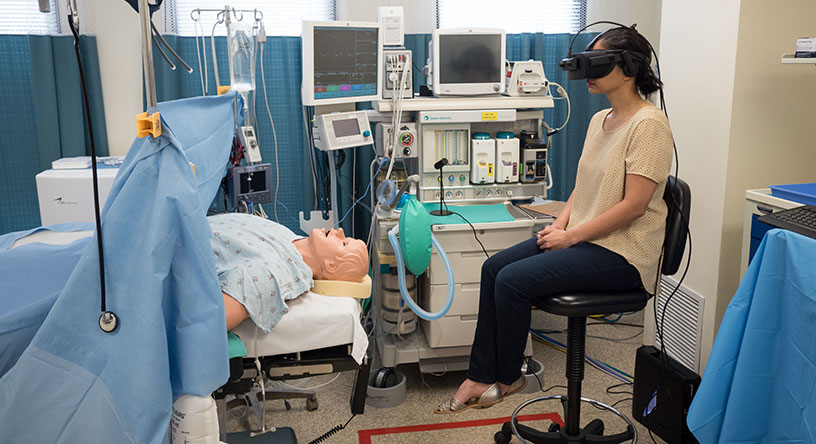
Aside from her research, Dr. Coleman also directs the Interactive Media Technology Center (IMTC) at Georgia Institute of Technology. IMTC is a great example of how interdisciplinary this field is becoming. Not situated in any one school at GT, the Center brings together faculty and students from across the university to tackle issues and solve problems. It is important for the design of technology to be informed by cultural studies, public policy, sociology, gerontologists and disability researchers and professionals. If we don’t, we can quickly find ourselves as the protagonist fighting for our humanity in some sort of “Black Mirror” episode. Interestingly, at IMTC, “Black Mirror” is a series of cautionary tales.
Researchers at IMTC design, develop, and test applications and technology, as well as train non-technologists or non-expert operators on use. Are you easily distracted by movement in your peripheral vision (i.e. your neighbor texting, tapping a pencil, or playing video games on their tablet) when trying to focus in on the biochemistry course lecture? With a Cognitive AR aid the noise in your environment can be diminished and the voice of the lecturer enhanced to provide a better-quality learning experience. But what if this technology can be programmed to diminish the visual and audio information emitting from socially, economically, or politically undesirable subjects as registered through the justice system? While this may seem like a solution to the U.S. mass incarceration problem by reducing the cost of physical imprisonment, systemic racism and disproportionately high exoneration rates of people of color, this type of mechanism can only exacerbate an already huge problem. Experiences of alienation and “social death” as a result of enslavement and perpetuated by the racial capitalism would be intensified through a virtual exiling.
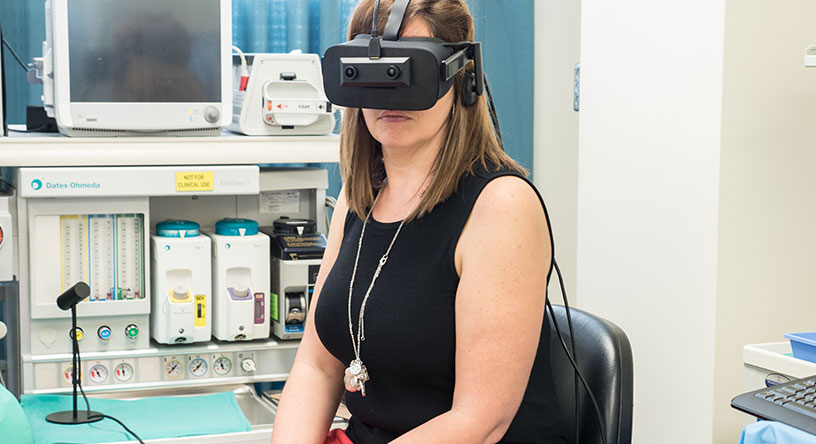
Other Projects – NASA, Cognitive AR, Smart Homes
Therefore, research needs to be guided towards more positive outcomes for everyone. Dr. Anne McGlaughlin, Professor and Director of Learning, Aging, and Cognitive Ergonomics (LACElab) at North Carolina State University works with agencies like, the National Aeronautics and Space Administration program (NASA) to create taxonomies of variables that can affect the use of cognitive aids and toolkits to “support non-expert operators with complex tasks”. Variations in technology literacy, expense, and disabilities or limitations are all factors that affect accessibility and how aids can be used, like in Smart Homes. Smart Homes is an area of increasing popularity for AR due to health and ageing factors that produce people in need of assisted living. By incorporating AR technology in the home we, as a society, can aid in the security, comfort, and convenience of vulnerable communities and quickly improve quality of life. However, the level of efficiency and benefit depend on the technological literacy of the users. This is where training is the key determining factor.
Special Effects, AR, and Film Industry in Georgia
Augmented Reality in film production is usually a part of the diegesis appearing as a really cool part of the mise-en-scene produced by the special effects (SFX, SPFX, FX or F/X) or visual effects (VFX) department. The availability of technology has made it easy for FX or VX artists to incorporate visual features into the storytelling. “A lot of that stuff actually looks better than what we do because it can be rendered off-line,” says Coleman. The real-time/off-line divide depends on the rendering techniques and time constraints. AR requires real-time and super-fast rendering, while film production can use off-line, slower and more expensive techniques, with more precision and definition.
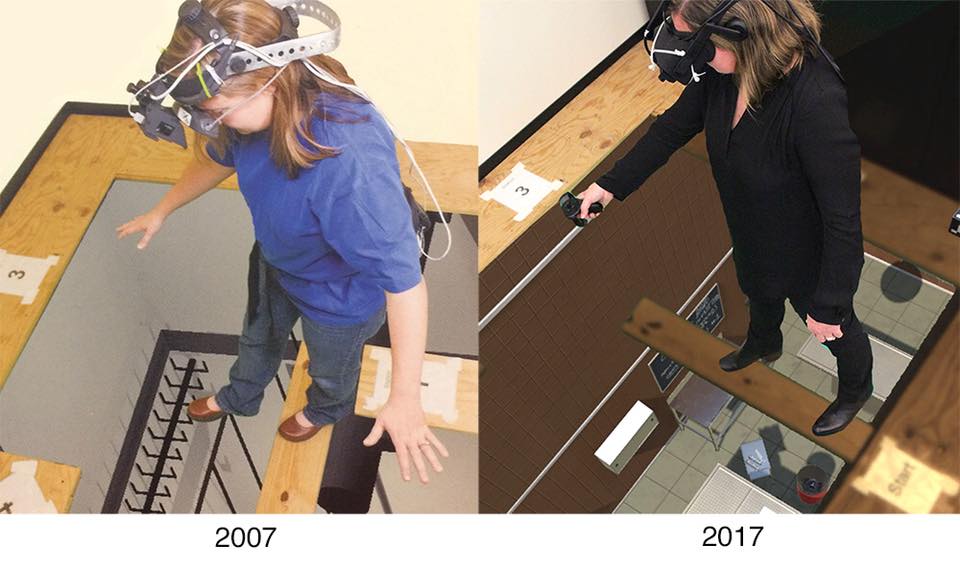
Top AR Developers in Georgia
Georgia is at the forefront of a 80 billion dollar gaming and entertainment industry due to Georgia’s production tax incentives, venture capital funding programs, and leading research labs at GT, Savannah College of Art and Design, and Emory University. Participatory studies attract a diverse group of people with different backgrounds, talent, interests, and professional affiliations. There is no doubt, that our everyday lives will become more dependent and influenced by AR technology, from how we experience art and cultural programming to gaming designs in Stroke recovery programs.
Gaming – Serious Games and Gaming Conventions/Expos in Atlanta
In addition to the production studios and resources, Atlanta hosts a number of Gaming expos and conferences attracting people from all over the world. Between DragonCon in September, MomoCon in May, Southern-Fried Gaming Expo in August, and DreamHack in November, there are plenty of fans and enthusiasts converging in this small city to trade secrets, share new technology, and geek over new applications, software, toys, and tools. From weekend gamers to professional technologists Atlanta has a range of activities and opportunities to support virtually any level of interests, like virtually.



